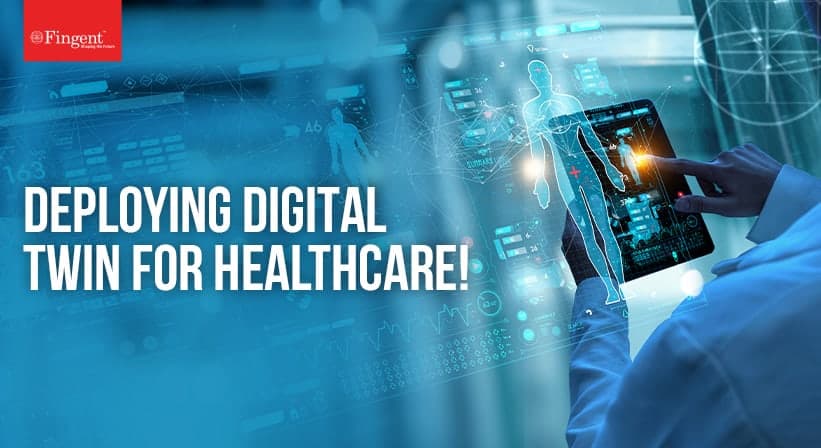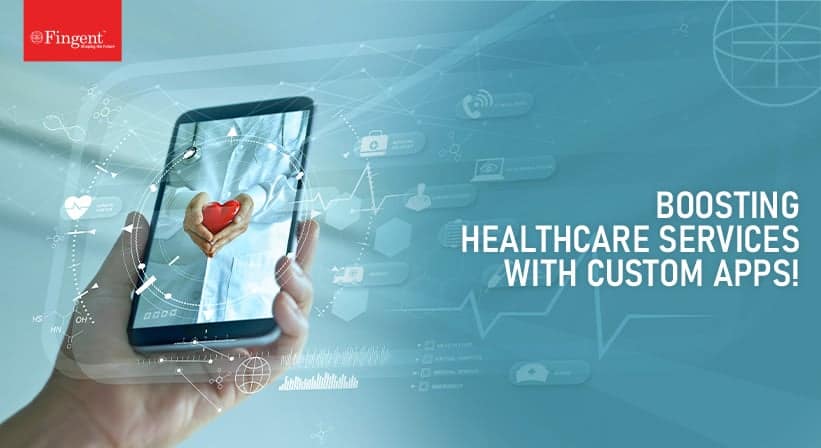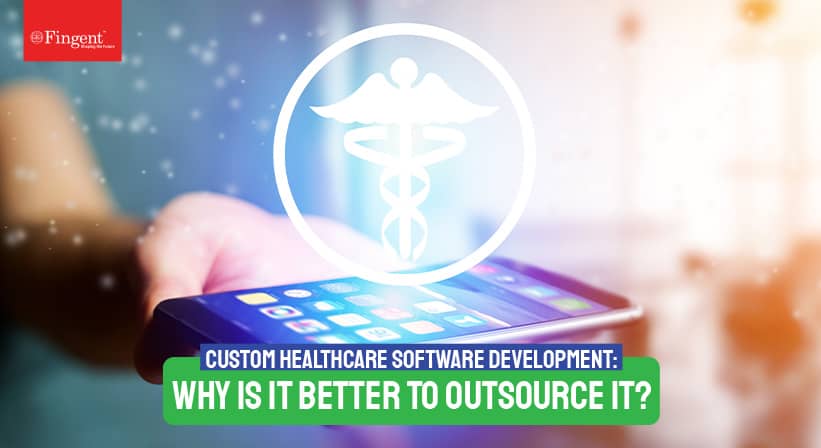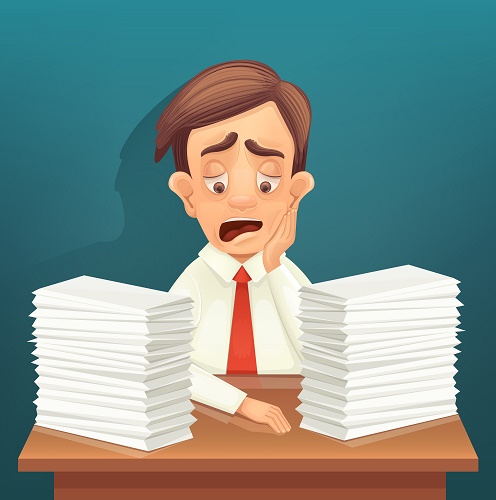Enterprise Mobility: Practical Strategies to get rid of Paperwork
Paperwork is the bane of most enterprises seeking productivity and efficiency improvements, to reduce their operational costs and become more competitive. While a certain amount of paperwork remains inevitable owing to statutory regulations and the need to preserve important documents in a physical format, the spread of internet gave a big push to electronic records and workflows, reducing paperwork drastically. Now, the advent of mobility has propelled a second wave of the “paperwork revolution,” where intuitive mobile apps eliminate the conventional work processes that create paperwork in the first place.
Mobility contributes to a lean and agile enterprise, where wasteful paperwork is eliminated. Manual processes are time-consuming, resource intensive, and error-prone. The digital capture of information, through smartphones, tablets, and other mobile devices generate both direct and spin- off benefits. The elimination of manual processes accelerates the pace of work and improves accuracy. When smartphones capture the information automatically, in audio or video form, perform the required calculations or processing automatically in the backend, and transmits the required information to the relevant stakeholder, in the correct format, there is no scope for errors or even perceptive biases creeping in. The indirect benefit includes better sales and ROI, improved customer satisfaction, and better employee morale.
The effectiveness of mobility in reducing paperwork may be best understood by delving into two key areas where mobility has already succeeded in eliminating paperwork – field based operations and healthcare.
Mobility in Fieldwork
The development of mobile apps have transformed field service operations, be it servicing and repair of machinery, compliance visits, marketing calls, or anything else. Intuitive mobile apps keep track of field employee movements, keep all stakeholders updated in real time, render transparency to each step of the process, auto-generate and auto-populate the required form, transmit the required forms to the relevant authorities, all automatically. The net result is vastly reduced, or even total elimination of manual paperwork.
Process automation and technician self-service eliminate many clerical roles by eliminating the associated paperwork. For instance, when field service staff makes recordings on mobile apps during service calls, the information transmits seamlessly and automatically without the need to decipher handwritten documentation and enter them into appropriate systems manually, at a later stage.
At the ground level, mobility has successfully eliminated paperwork in most field service operations, as evident from the fact only 22% of best-in-class enterprises continue to use paper-based processes in their field service operations.
Mobile Apps for Physicians and Healthcare Operations
The drag paperwork causes are much underestimated. For instance, paperwork takes up as much as a third of a physician’s workday, the time can be better spent on treating more patients or indulging in some other professional or creative pursuits. In many places, physicians are required to do daily rounds and note down individual details of patients on paper. Many physicians, hard pressed for time, skip key processes, leading to incomplete billing and the hospital losing millions in revenue, over time.
Mobility solutions enable physicians and other employees capture information digitally through their smartphones, doing away with record writing and paper-based forms, and thereby eliminating administrative and procedural drags. Mobility solutions auto-populates forms, and does all the calculations and processing in the backend, reducing paperwork drastically. Healthcare stakeholders gain freedom from the piles of charts, billing forms, and various other procedural rigmaroles multiple health insurance companies impose on a daily basis.
Empirical evidence suggests a big boost for efficiency and hospital revenues increasing by about 20%, on the introduction of mobility apps that aid and automates routine tasks.
Storing customer or patient records electronically in the cloud, accessible through mobile apps on a need basis reduces the cost of maintaining physical records, the cost to store such records, and the hassles involved in safeguarding such records. Such apps communicate with hospital servers, read all relevant information such as patient history, billing, and insurance from the organization’s database, and convey such data to caregivers at the time of consultation, all automatically, and without a shred of paper involved in the process.
Mobility solutions also do away with the delay and inconvenience when such records are required at a different location from where it is stored. Reporting and administrative workloads get lighter across the board, allowing employees to spend more time and focus their energies on their core competencies. Improved accuracies lead to better ROI as the revenue related documentation does not slip through the cracks, and improved customer satisfaction as there is no ambiguity and all interaction are recorded accurately.
Mobility in a Run of the Mill Enterprise
Paperwork, combined with manual processes are the number one reason for errors and inefficiencies and contribute to wasteful overheads in a big way. The development of highly intuitive mobile apps eliminates paperwork in a big way. However, success depends on developing apps that serve the purpose well, understand the underlying business process, and developing apps that offer relevant solutions that are an improvement on the present situation.
Very often, paperwork gives rise to more paperwork. The need to buy paper, for instance, to send letters would create a new paper-based requisition form and invoices. When the required information is simply captured digitally and sends an email or text message, it is not just the actual process where the paperwork is eliminated, but the entire work chain is eliminated.
Many businesses start with a good intent but inevitably fall back to manual or paper ridden processes. This is owing to lack of key integrations that facilitate a seamless customer journey through the electronic channel. Effective mapping of the user journey to understand the interactions and touchpoints between users and business process goes a long way in preempting paperwork and manual processes.
Mobility helps to reduce paperwork and bring to the table several benefits, but only if the mobile systems are designed right and implemented well. For best results, rope in a strategic partner who is strong in delivering cutting edge mobile apps that serve the desired purpose.
Stay up to date on what's new

Recommended Posts

16 Feb 2022 Healthcare
Is Digital Twin Promising A New Era for Healthcare?
Over the next three years, 66% of healthcare executives are planning to increase their investment in digital twin, states a recent digital health technology report. Since the outbreak of the……

10 Feb 2022 Healthcare B2B
How Can Custom-Made Software Provide Superior Customer Service In The Healthcare Industry?
Healthcare is a vast customer service industry that is trying to improve patient health and healthcare processes. This patient-centric approach has evolved, especially after the COVID-19 pandemic. Virtual consultations and……

13 Oct 2021
Custom Healthcare Software Development: Why Is It Better To Outsource It?
With the ongoing COVID-19 pandemic, the healthcare industry is spiraling at an unexpected speed and is continuously inventing healthcare solutions to drive streamlined operations. Medical organizations are now largely depending……

16 Jul 2021 Healthcare
Patient Engagement Platforms: 7 Must-have Features – Fingent
Custom patient engagement platforms improve caregiver-patient interactions today. Here’s how. With the COVID-19 pandemic restricting face-to-face engagement, patients have started using telehealth (telemedicine) technology and other digital channels to receive……
Featured Blogs
Stay up to date on
what's new























































